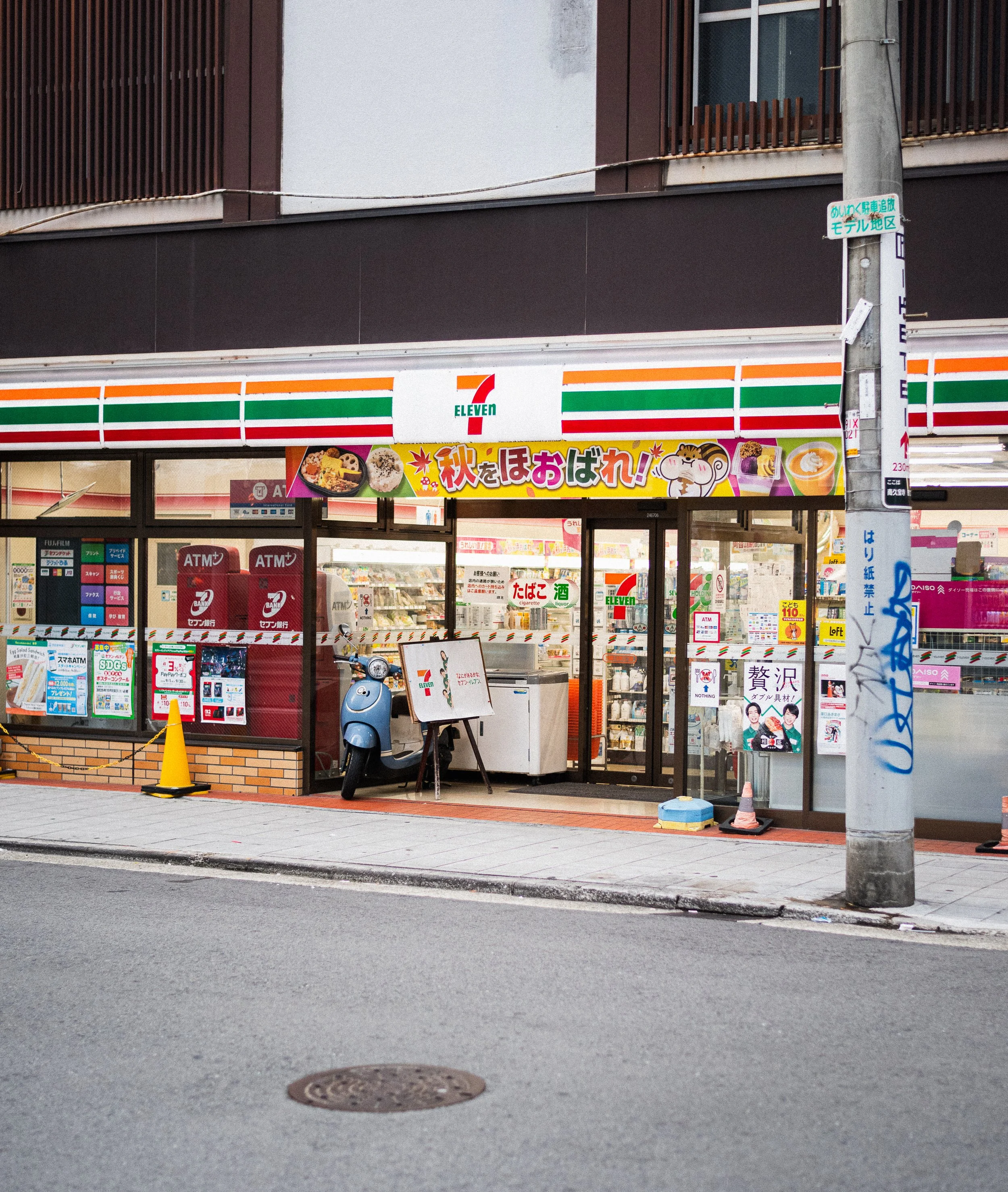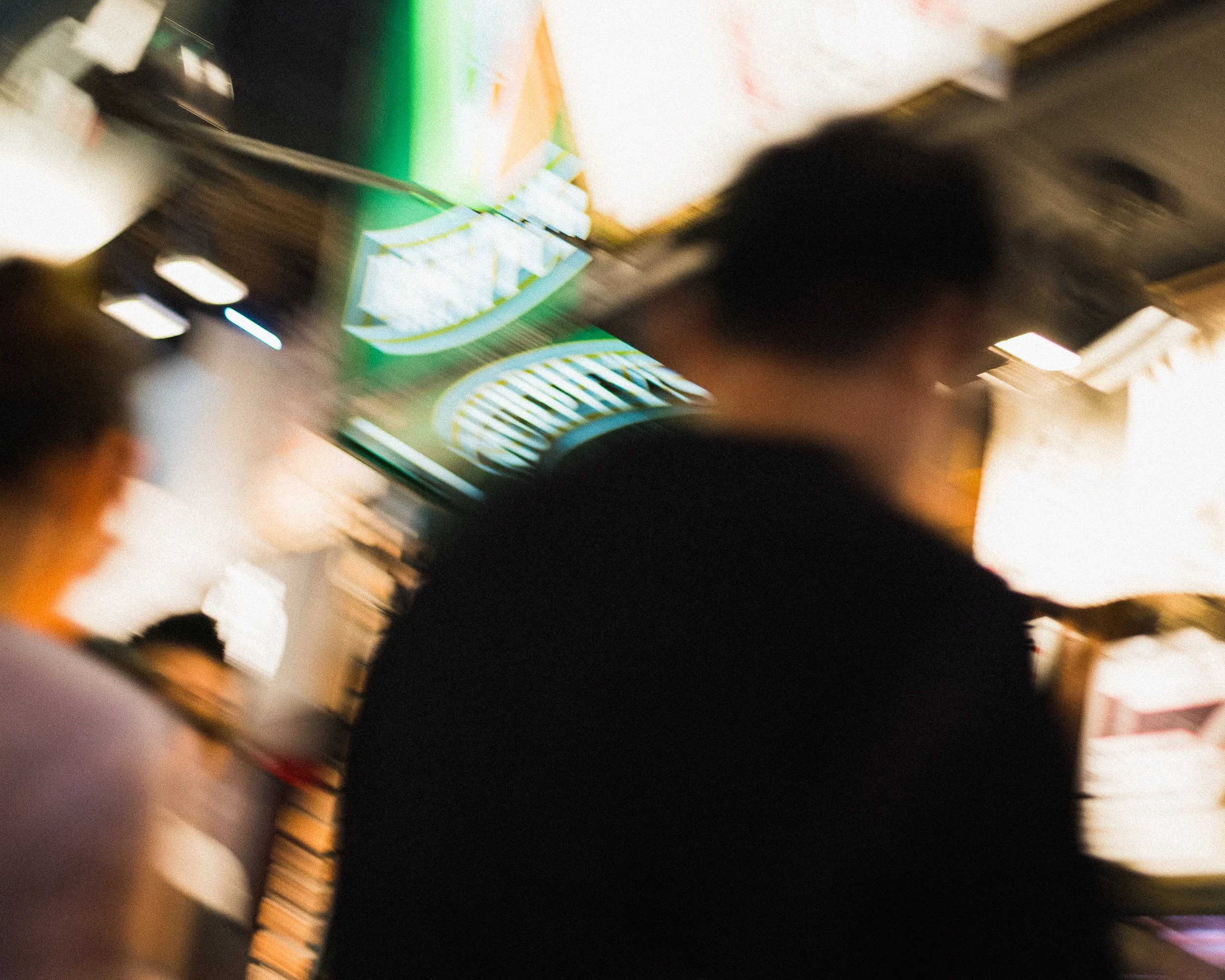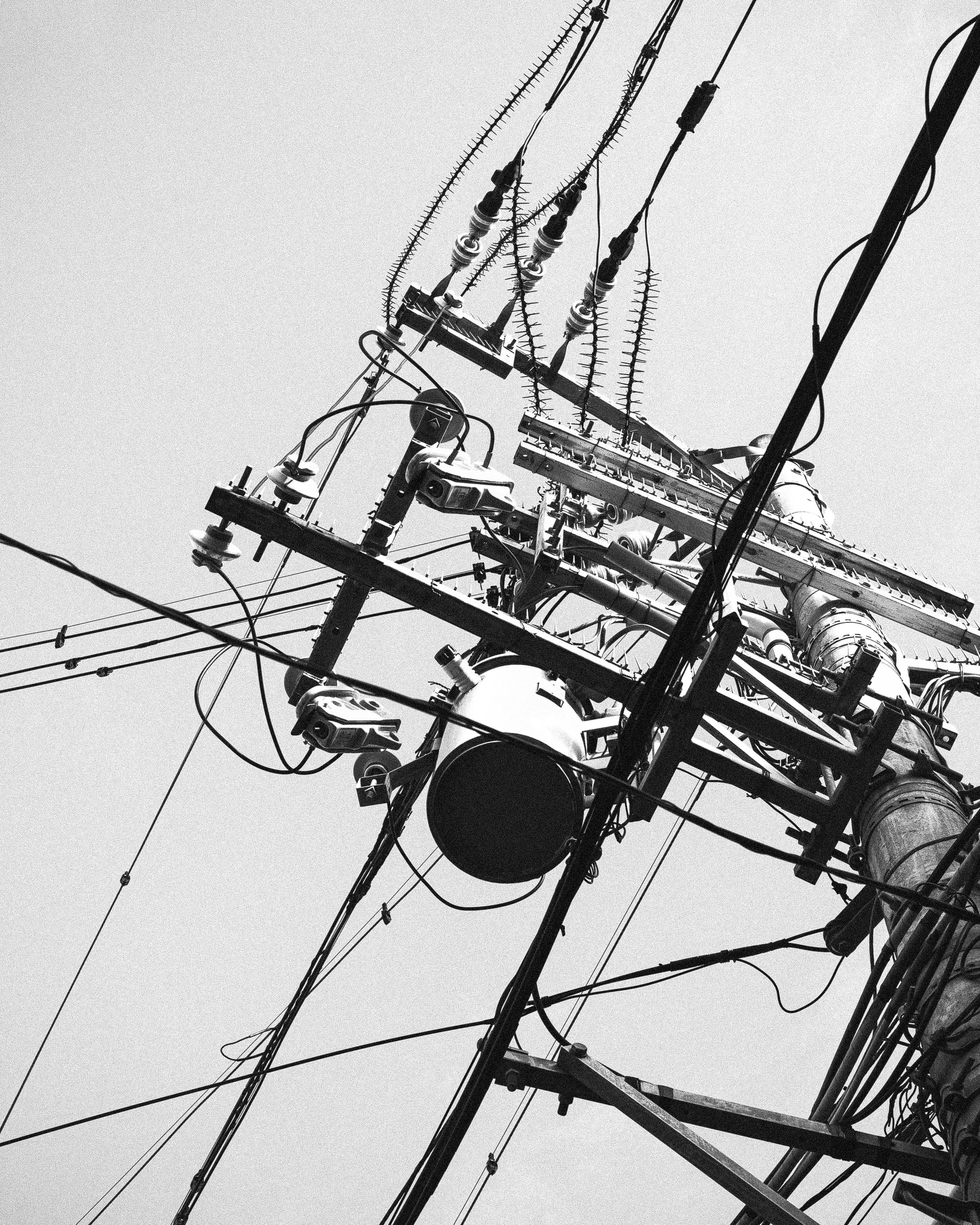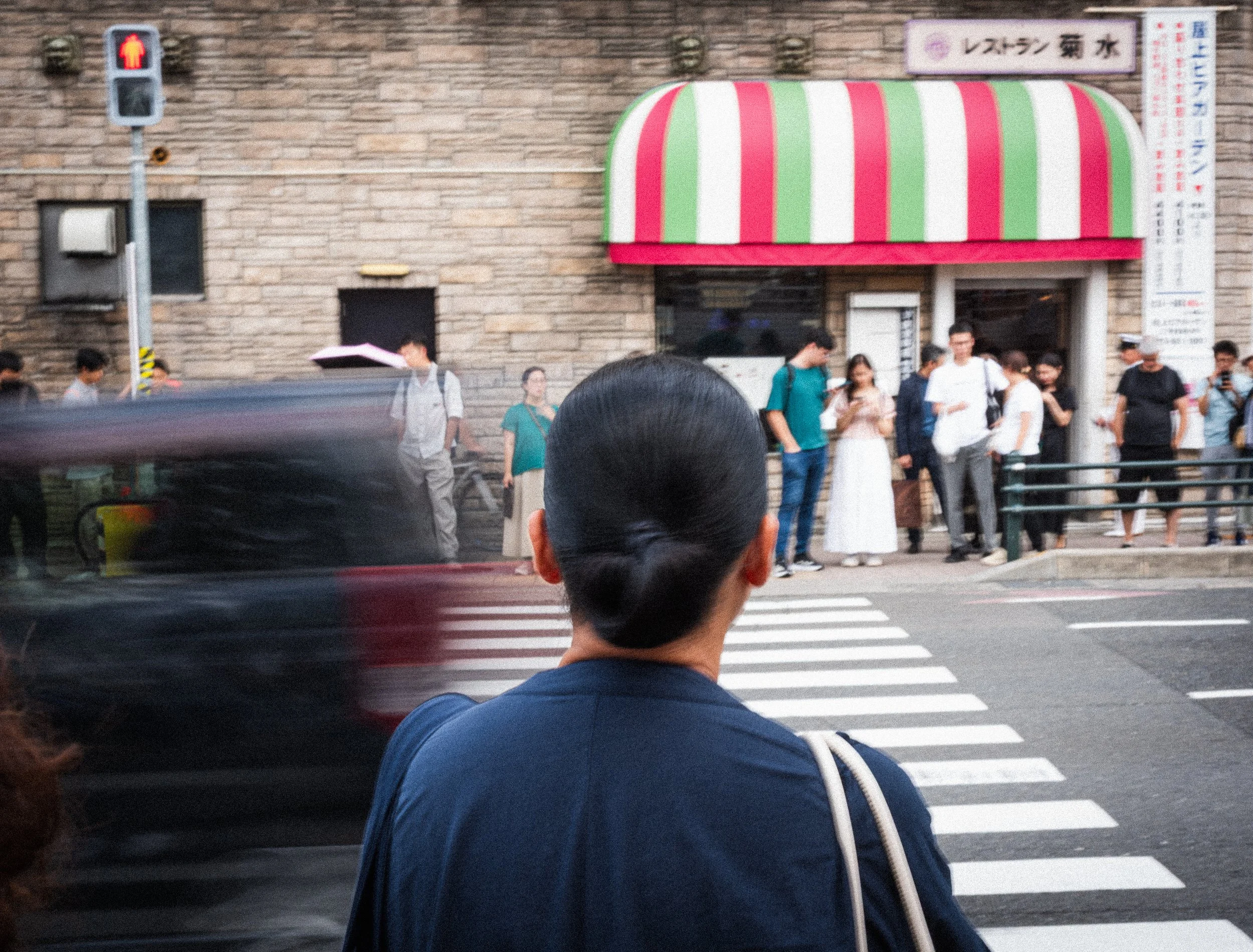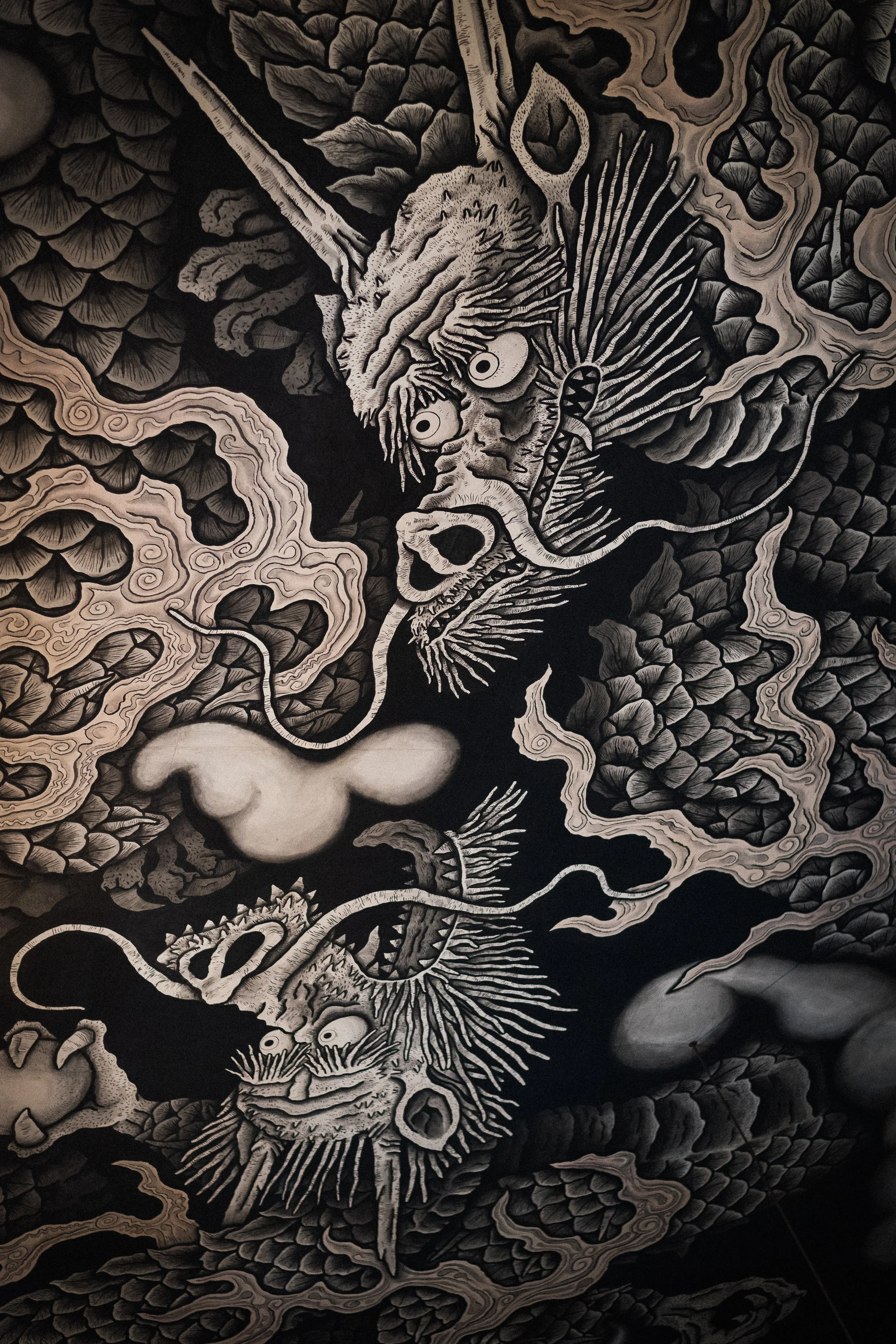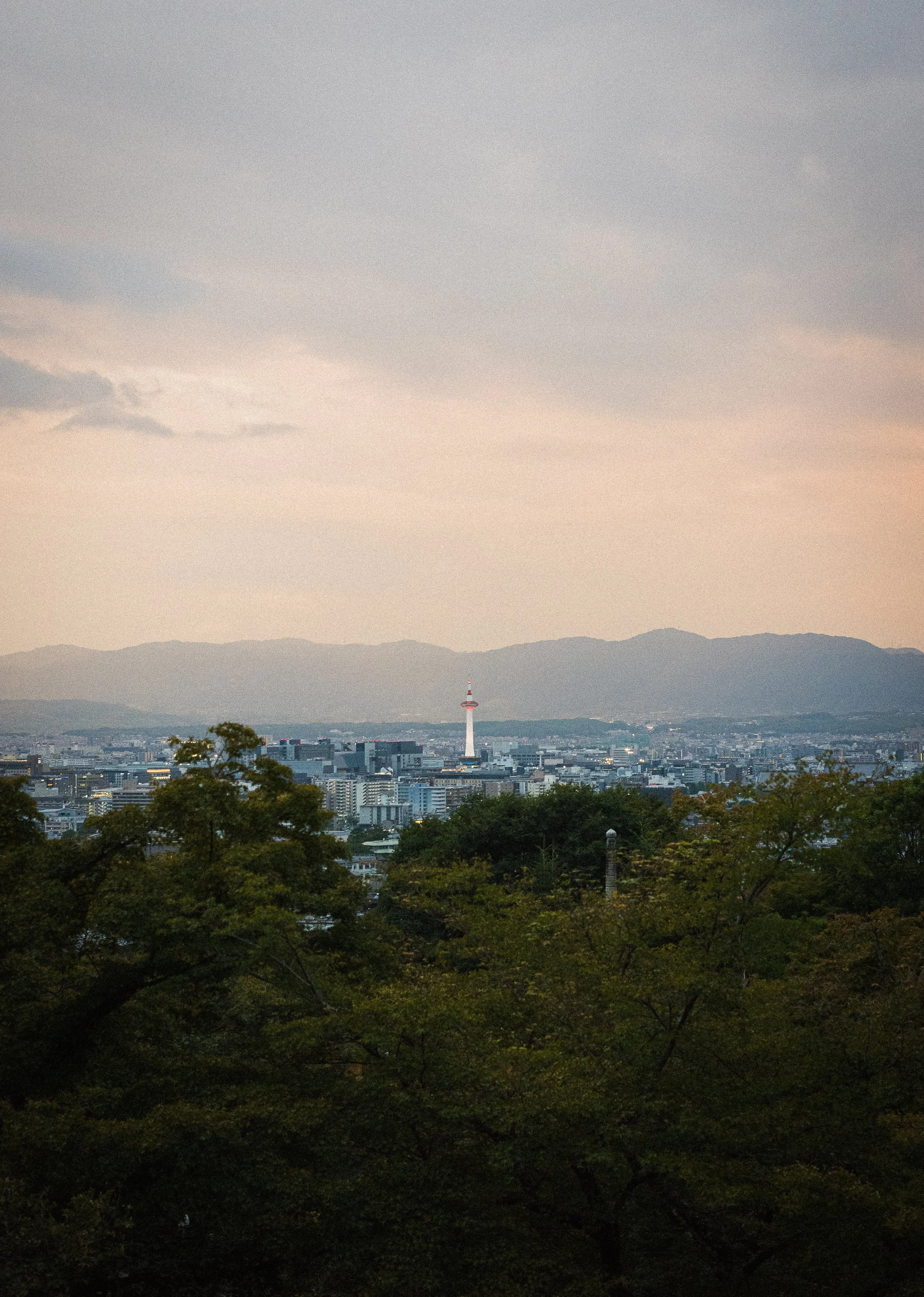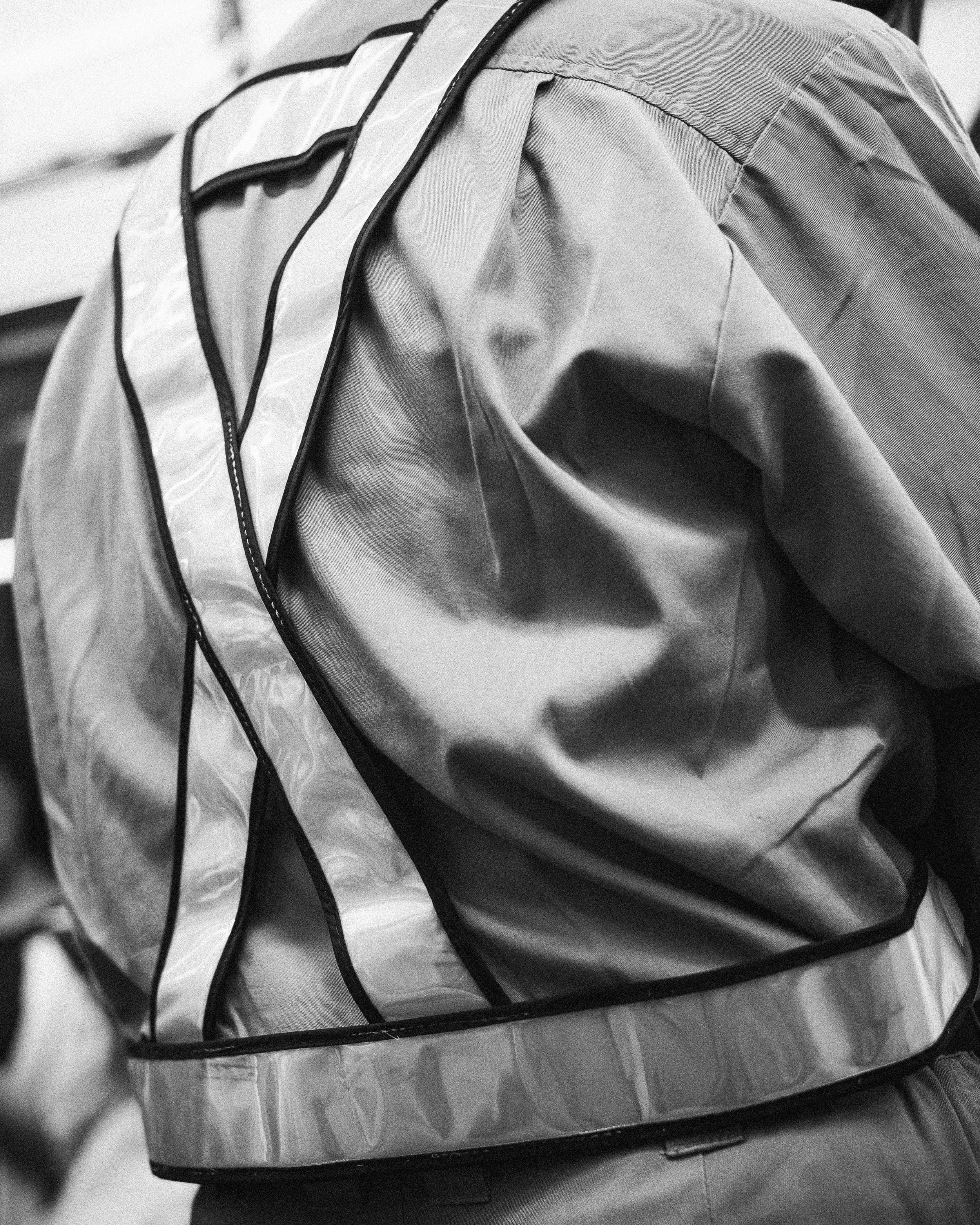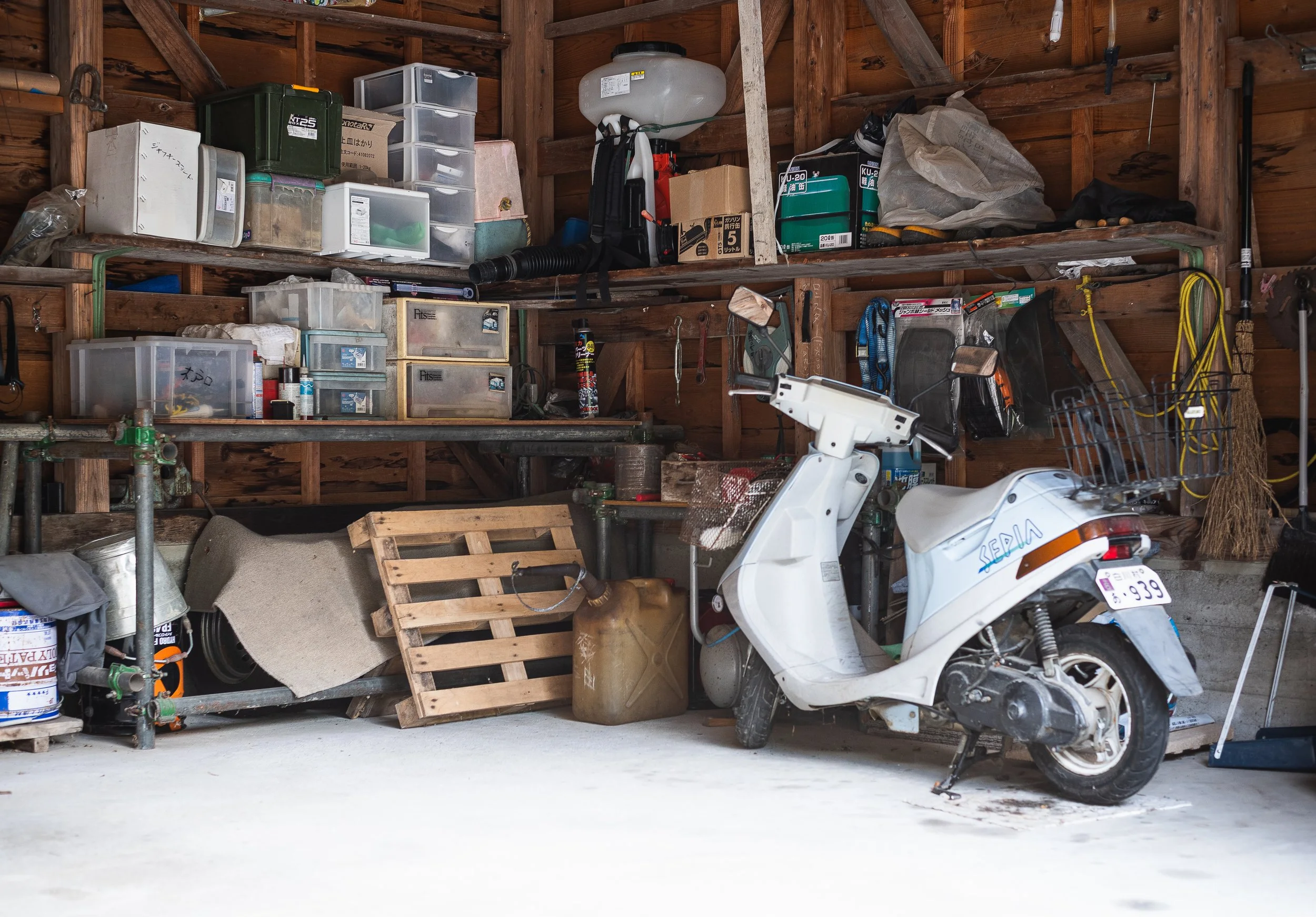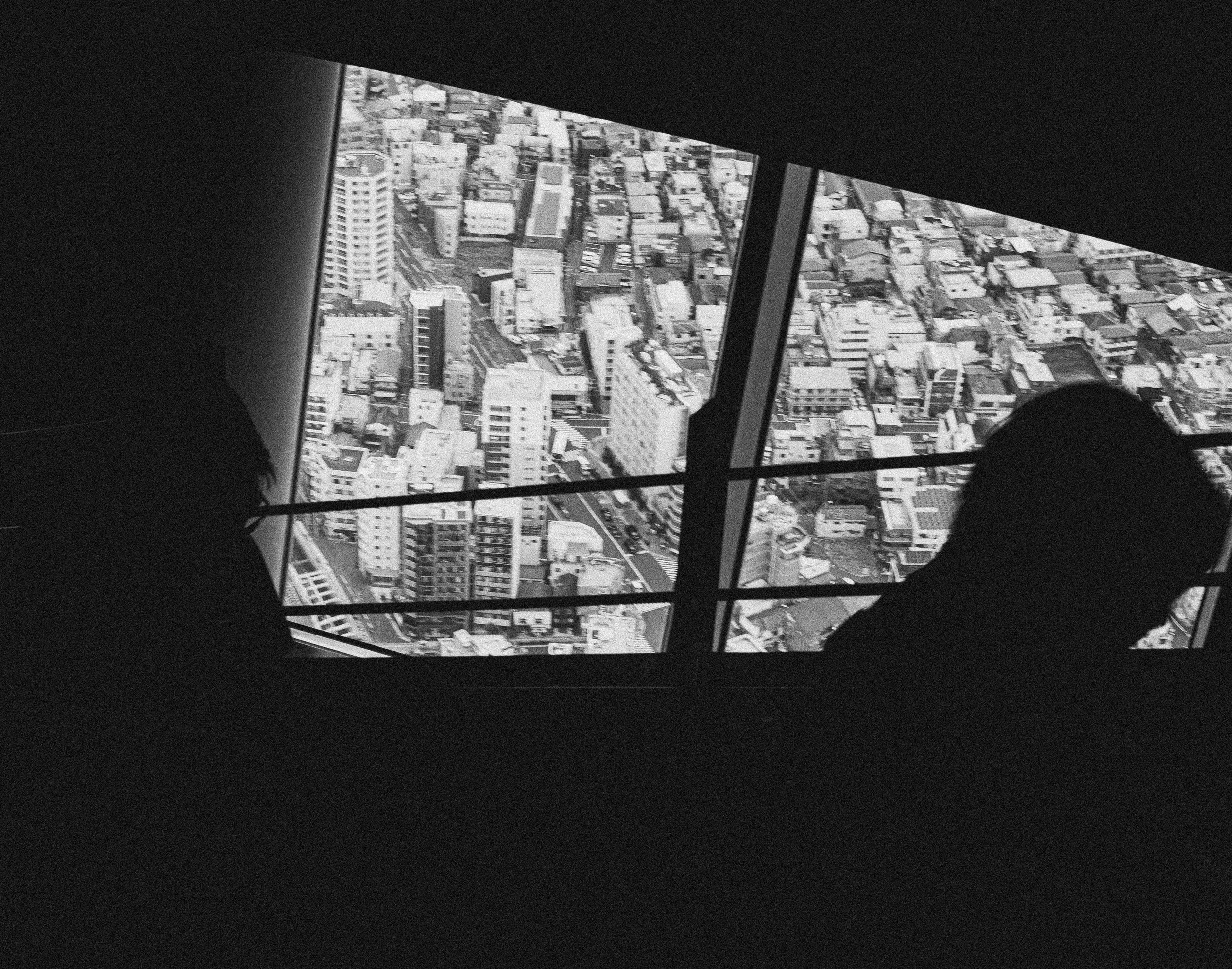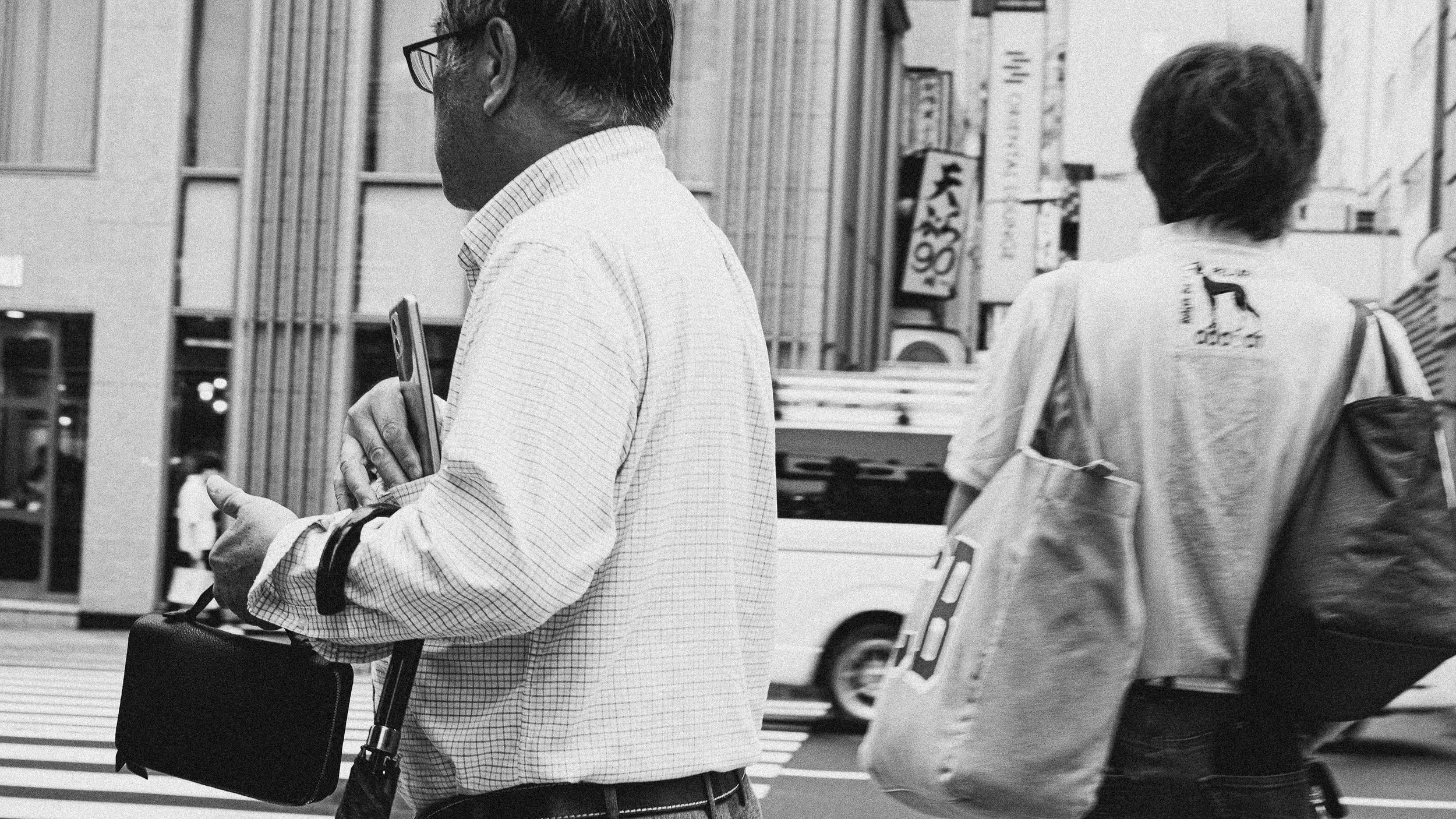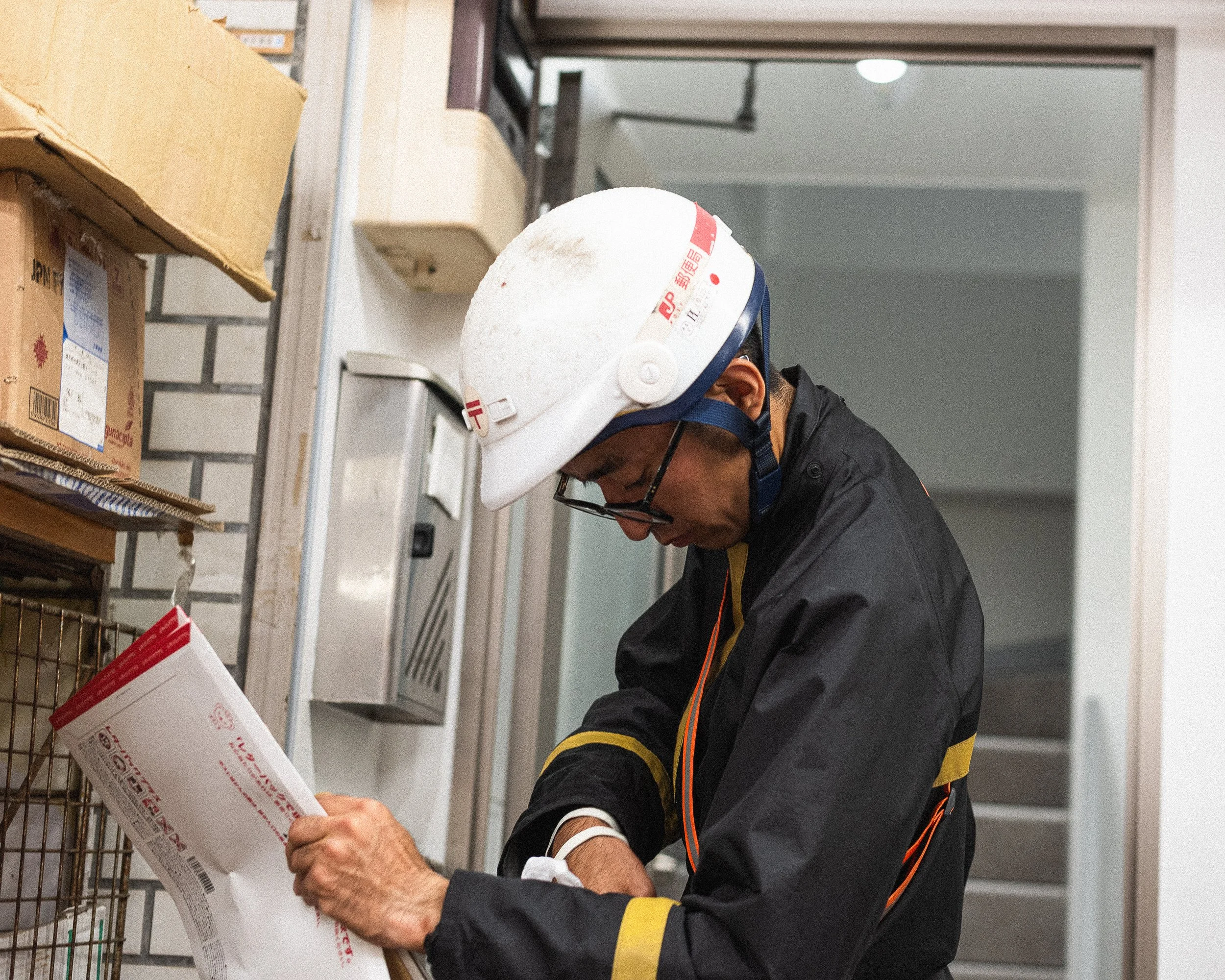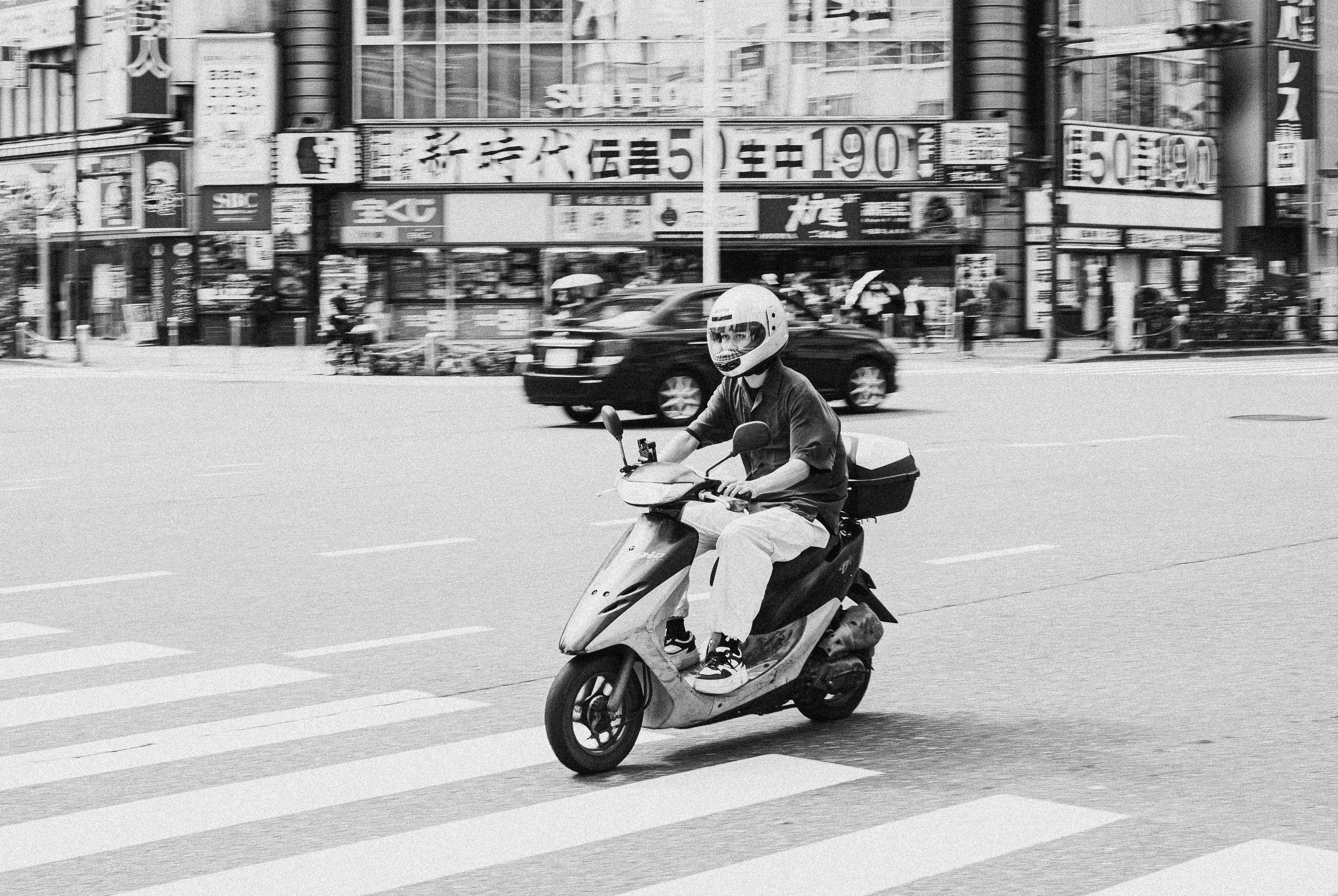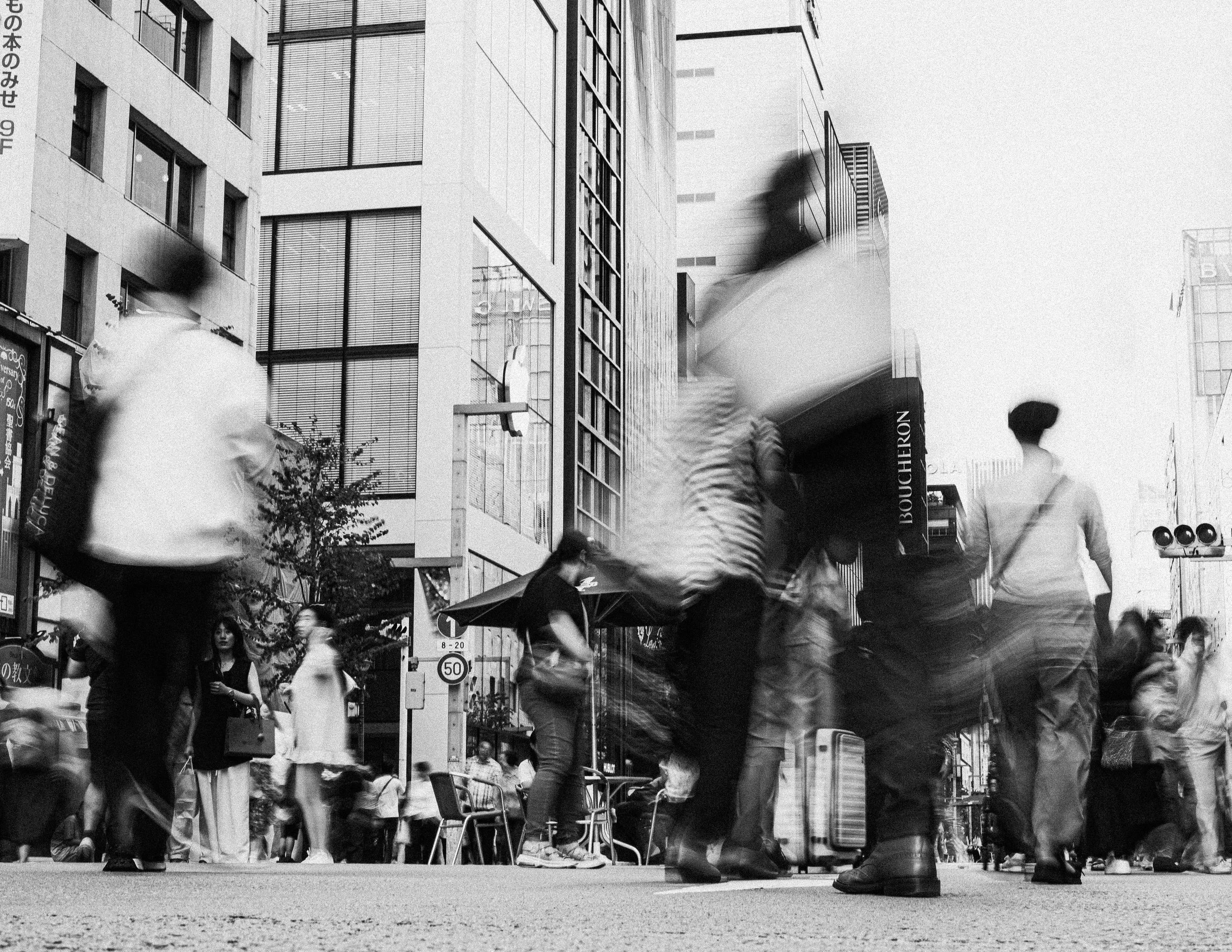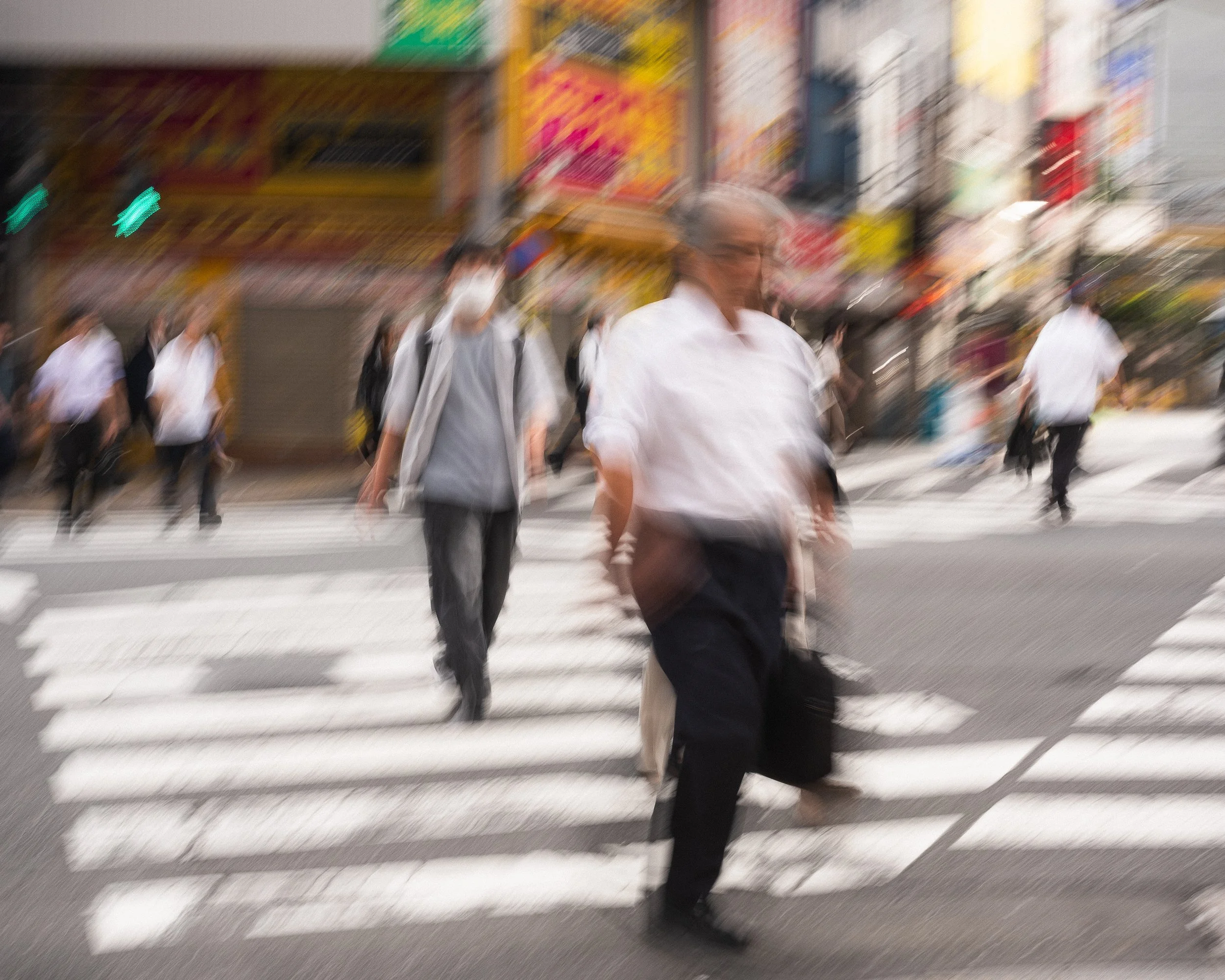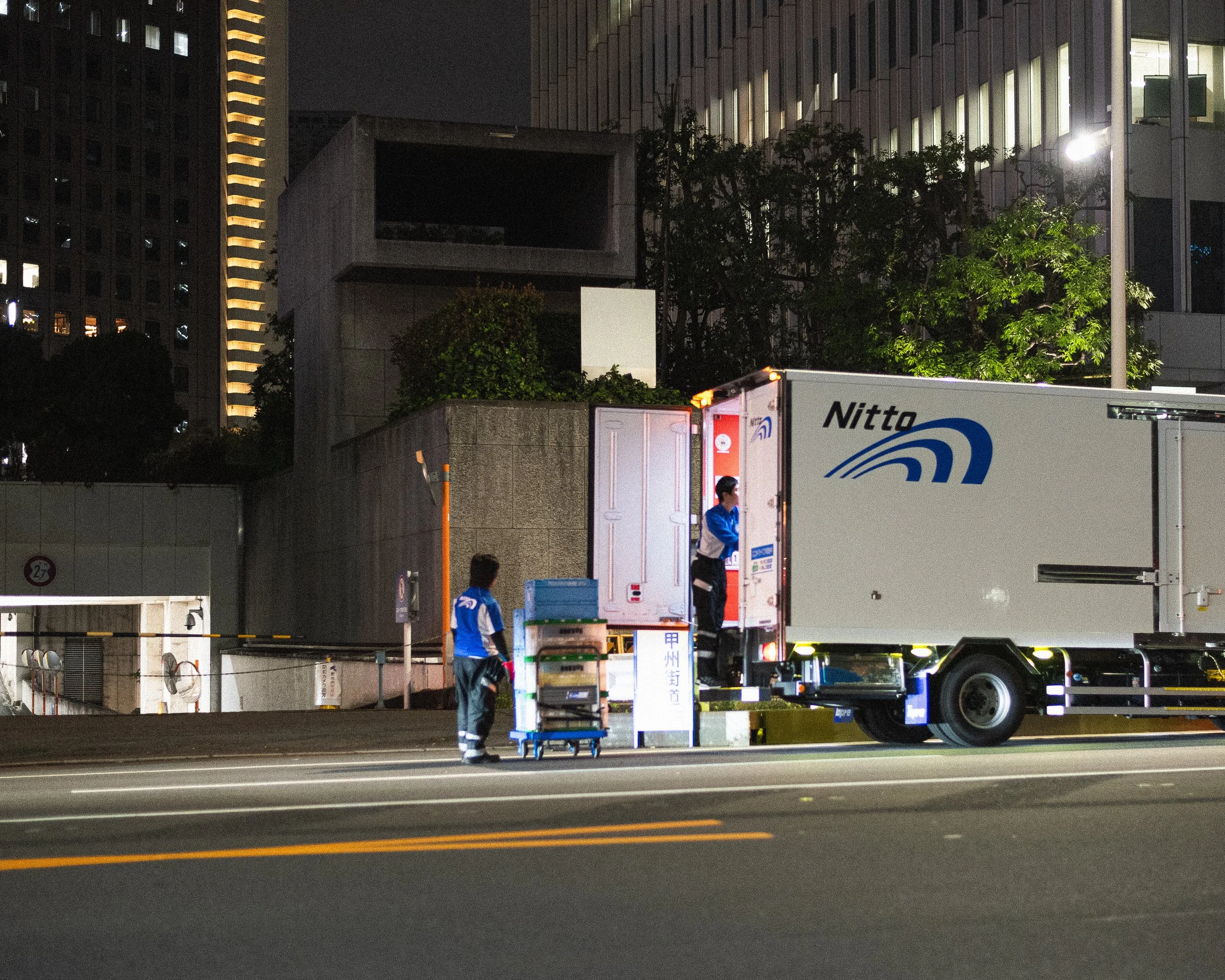
JAPAN DREAMING
Like many boys and girls growing up in England, Japan first appeared to me in the classroom — in Geography, History, and Art.
It was a place of tectonic plates and mountain ranges, of samurai and ceremony, of art and architecture so different from the world around me. From those brief glimpses into another culture — so distant from the medieval, Victorian, and industrial histories that filled my textbooks — my interest began.
At the time, Japan felt unreachable. School trips meant London or Cardiff, visits to museums and galleries. Family holidays were to Spain or Devon — wonderful, familiar places where I first picked up a camera, a disposable or a small 35mm with a lens that stretched out like Pinocchio’s nose. But travel beyond Europe was unimaginable; Japan remained a dream, a word written on a map rather than a destination.



At college, that dream returned. While studying Art and Design, I learned about woodblock prints, watercolours of Geishas and Samurai, and pottery traditions that spoke of patience and craft. I painted and sculpted my own interpretations, never knowing that one day I’d stand in the country that inspired them.
Years later, while working as a chef, Japan resurfaced once again — this time through the edge of a knife, the discipline of preparation, the quiet respect for ingredients. Each encounter felt like a small rehearsal, a reminder of something waiting.
And then, finally, I went. Two weeks that blurred together — Osaka, Kyoto, Takayama, Kanazawa, Tokyo — a journey shared with my girlfriend, filled with light, movement, sound. Each place offered moments I wanted to hold still: the curve of a street, the pause between gestures, the patterns of everyday life that spoke louder than any landmark.
These photographs are not a record, but a response — an attempt to hold still what felt fleeting, to honour what I found beautiful. They are about curiosity and respect, about seeing a place that felt both foreign and familiar — and about the quiet joy of finally standing within a dream I’d carried for years.
They come from the position of a visitor, looking with curiosity and care, guided by awe more than understanding. I know I’ve only touched the surface — the art, the people, the layers of history that run deeper than a traveller’s lens can reach, but what I’ve gathered here are fragments: moments of stillness and surprise, seen through a Western eye standing quietly in the East.
This book isn’t a portrait of Japan, but a trace of what it felt like to arrive — to walk through a long-held dream, camera in hand, and simply begin to look.
